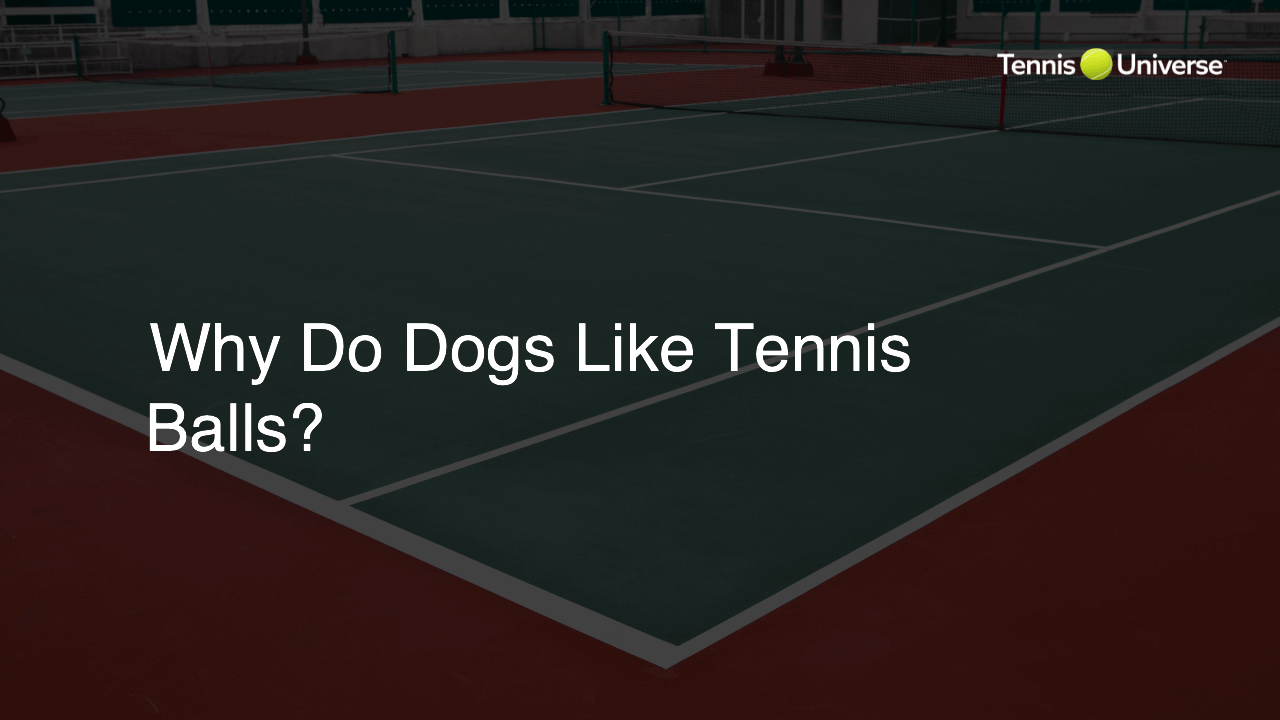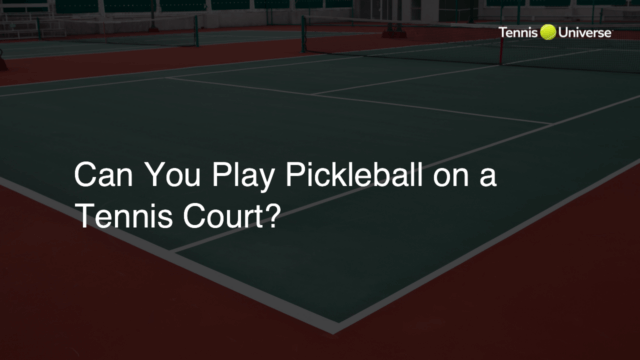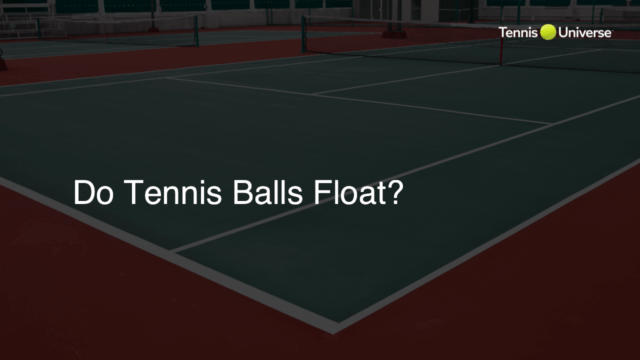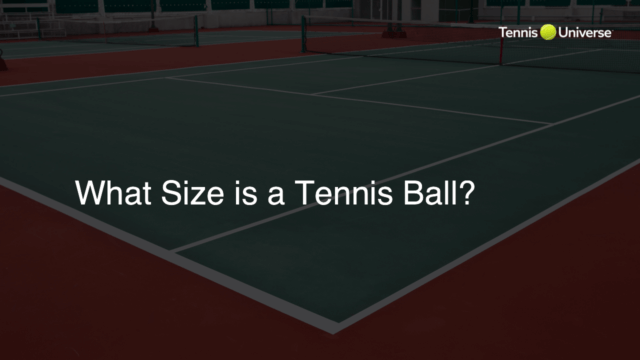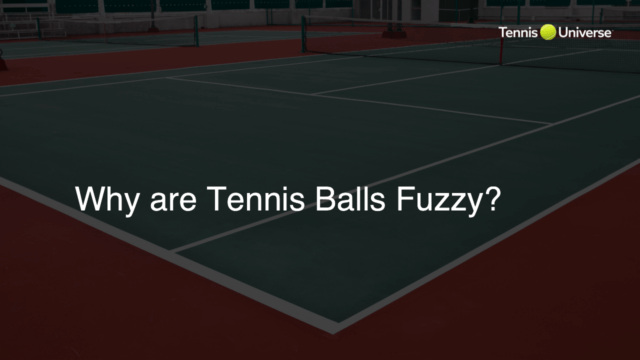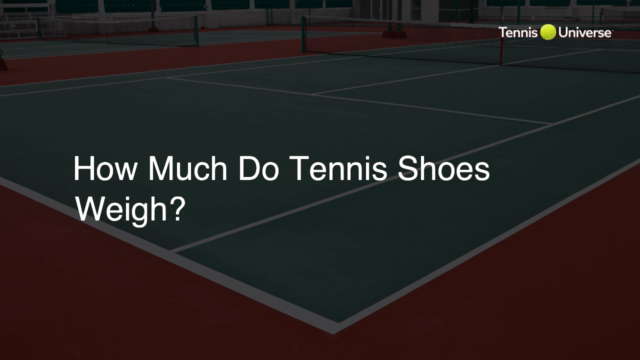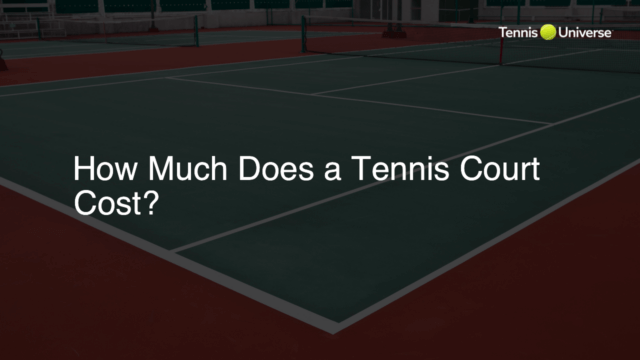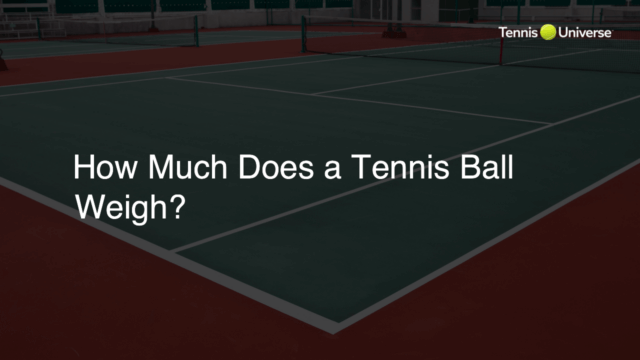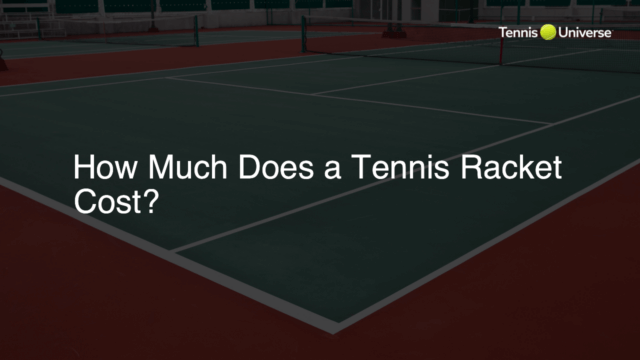Dogs are attracted to tennis balls due to their bright color, bouncy nature, and the felt covering which appeals to their chewing instincts. Tennis balls also offer a great opportunity for interactive play and exercise, allowing dogs to bond with their owners while satisfying their prey drive.
Why Do Dogs Like Tennis Balls?
The Lure of Bright Colors
Dogs are drawn to the bright color of tennis balls, particularly the classic yellow-green hue. This vibrant color allows them to easily spot the ball during play sessions, stimulating their visual senses and making it an attractive toy to chase after.
Bounciness and Playfulness
Another reason dogs love tennis balls is their bounciness. When thrown or hit with a tennis racket, the unpredictable movement of tennis balls keeps dogs engaged and entertained. These playful, energetic qualities make tennis balls an ideal toy for a game of fetch or simply a fun way for dogs to expend energy.
Felt Material and Chewing Instincts
Tennis balls are covered in a felt material, which appeals to a dog’s innate chewing instincts. The texture not only feels pleasant for dogs to chew on, but also helps clean their teeth and gums, promoting good oral health.
Interactive Play and Bonding
Fetching and chasing after a tennis ball provide an excellent opportunity for both physical exercise and mental stimulation for dogs. The interactive nature of playing with a tennis ball helps create a strong bond between dog and owner, reinforcing positive behavior and fostering trust and attachment.
Satisfying Prey Drive
Many dog breeds possess a natural prey drive, which can be satisfied through play with tennis balls. By simulating the sensation of capturing prey, the act of chasing, catching, and returning a tennis ball can contribute to a dog’s overall well-being and contentment.
Why Do Dogs Like Tennis Balls?
The Lure of Bright Colors
Dogs are drawn to the bright color of tennis balls, particularly the classic yellow-green hue. This vibrant color allows them to easily spot the ball during play sessions, stimulating their visual senses and making it an attractive toy to chase after.
Bounciness and Playfulness
Another reason dogs love tennis balls is their bounciness. When thrown or hit with a tennis racket, the unpredictable movement of tennis balls keeps dogs engaged and entertained. These playful, energetic qualities make tennis balls an ideal toy for a game of fetch or simply a fun way for dogs to expend energy.
Felt Material and Chewing Instincts
Tennis balls are covered in a felt material, which appeals to a dog’s innate chewing instincts. The texture not only feels pleasant for dogs to chew on, but also helps clean their teeth and gums, promoting good oral health.
Interactive Play and Bonding
Fetching and chasing after a tennis ball provide an excellent opportunity for both physical exercise and mental stimulation for dogs. The interactive nature of playing with a tennis ball helps create a strong bond between dog and owner, reinforcing positive behavior and fostering trust and attachment.
Satisfying Prey Drive
Many dog breeds possess a natural prey drive, which can be satisfied through play with tennis balls. By simulating the sensation of capturing prey, the act of chasing, catching, and returning a tennis ball can contribute to a dog’s overall well-being and contentment.
Tennis Tips for Playing Safely with Your Dog
While playing with tennis balls can be a fun and rewarding experience for both you and your dog, it’s essential to do so safely. Here are some tennis tips to ensure your dog enjoys a healthy playtime:
- Purchase dog-specific tennis balls. Some tennis balls used in human tennis games may contain materials that can be abrasive to a dog’s teeth. Choose tennis balls designed specifically for dogs, which are made with materials that protect their oral health.
- Supervise playtime. Always monitor your dog while they play with tennis balls to prevent accidents or the ingestion of foreign objects.
- Replace damaged balls. Regularly inspect your dog’s tennis balls for signs of wear or damage. Replace any balls that have cracks or are missing pieces to avoid choking hazards.
FAQ Section: Understanding Dogs and Tennis Balls
In this section, we’ve compiled a list of frequently asked questions that readers may have after reading our blog post about why dogs like tennis balls. We hope these answers provide further insight and assistance for those seeking to understand their dog’s love for these bouncing toys.
Are tennis balls safe for dogs to play with?
Yes, tennis balls are generally safe for dogs to play with, as long as they are specific to dogs and supervised during playtime. Be sure to select dog-friendly tennis balls and always replace any damaged or worn balls to prevent choking hazards.
Can dogs chew on tennis balls?
Though it’s common to see dogs chewing on tennis balls, it’s essential to note that excessive chewing can cause damage to their teeth. While the felt material can provide some oral health benefits, it’s crucial to monitor your dog’s chewing habits and intervene if the chewing gets too aggressive.
How often should I replace my dog’s tennis ball?
The frequency of replacing tennis balls depends on the durability of the ball and your dog’s play habits. Inspect the ball regularly for signs of wear or damage, such as cracks or missing pieces. Replace any compromised balls immediately to avoid potential choking hazards or ingestion of foreign objects.
Can I use regular tennis balls instead of dog-specific ones?
While it may be tempting to use regular tennis balls, it’s best to choose dog-specific tennis balls. Regular tennis balls may contain materials that can be abrasive to your dog’s teeth. Dog-specific tennis balls are designed with materials that prioritize their oral health and overall safety.
What are some alternative toys to tennis balls for my dog?
If you’re looking for alternatives to tennis balls, consider options like rubber balls, soft plush toys, or interactive treat-dispensing toys. These alternatives can also offer exercise, mental stimulation, and bonding opportunities for you and your dog while providing versatility in their playtime experience.

